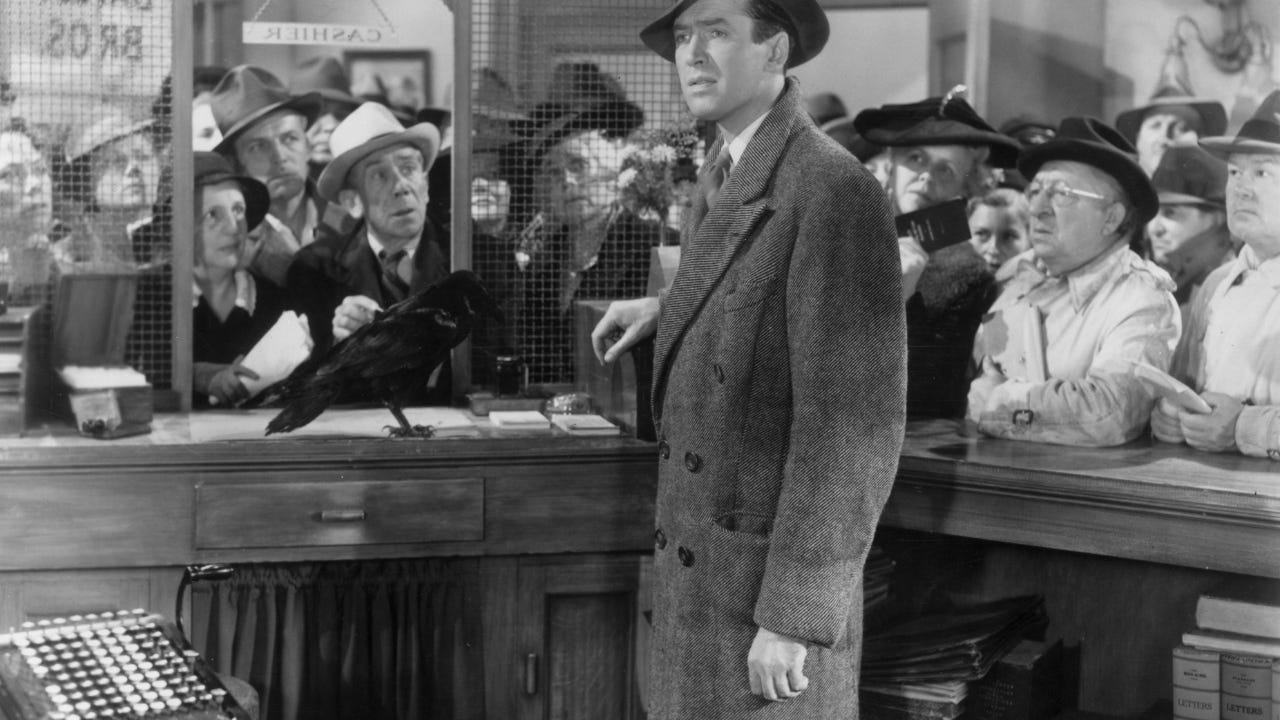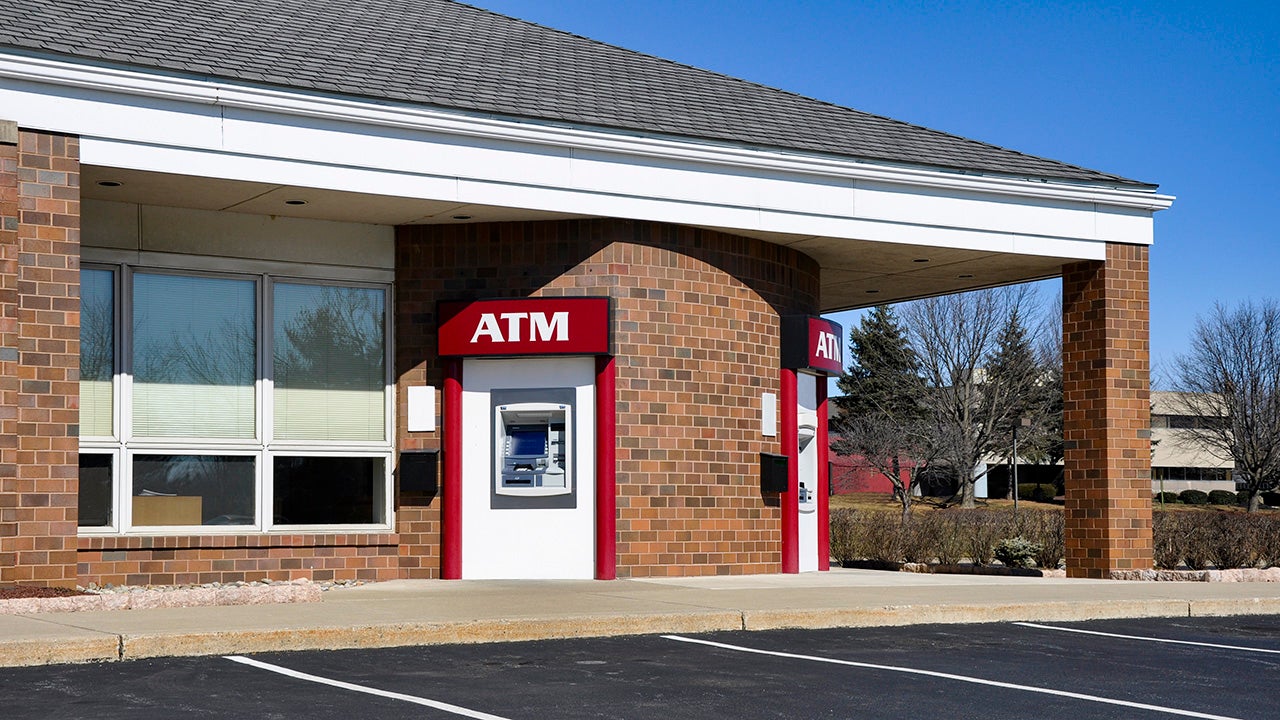What is a bank run? Definition, causes and examples




Bank runs were featured prominently in the news following the high-profile failures of Silicon Valley Bank (SVB) and Signature Bank in March 2023, the second and third largest bank collapses in U.S. history. News coverage regarding the troubled banks prior to their being seized by regulators led to panic among customers, many of whom rushed to withdraw their money en masse.
But what exactly is a bank run, and how does it occur? We’ll discuss the factors that can trigger a bank run, review some notable examples throughout history, and explain how you can ensure your deposits remain safe and protected.
What is a bank run?
A bank run occurs when many customers rush to withdraw their money from a bank at the same time because they worry the bank may fail. Runs often start when concerns spread about a bank’s financial health, whether due to official communications from the bank, news reports, or social media posts.
The sudden demand for withdrawals can be extremely problematic for banks. While banks keep some liquid cash on hand, most of the money deposited is used to extend loans. If too many customers demand their money back at once, even a solvent bank may not have enough cash readily available.
In the digital age, bank runs can escalate even more rapidly. Customers no longer need to line up at physical branches — they can initiate withdrawals and transfers online or via the mobile app in seconds. The ease and speed of moving money electronically amplifies the risks of modern-day runs.
What causes a bank run?
Several factors can trigger a bank run, including
- Loss of consumer confidence in the bank and its business practices
- Negative statements or press about the bank and its management
- Rumors or social media speculation about a bank’s liquidity
- Broader economic conditions like a housing crash or stock market drop that stokes general fears
A bank run is often more driven by customer panic than a bank’s actual financial status. Even well-capitalized banks can face a liquidity crunch if too many account holders rush to pull out their money simultaneously. The run itself can potentially cause a bank to fail if its cash reserves are depleted.
How the FDIC works prevents bank runs
The Federal Deposit Insurance Corporation (FDIC) is a government agency created in 1934 to help reduce the likelihood of bank runs. The FDIC is an independent government agency that insures deposits in member banks up to $250,000 per depositor, per bank, for each account ownership category.
FDIC insurance is designed to maintain public confidence in the U.S. banking system. If an FDIC-insured bank fails, the FDIC steps in to ensure customers don’t lose money (up to the limits). No depositor has lost a cent of insured funds since the FDIC began operations.
While FDIC can mitigate some risk, bank runs still happen occasionally. But insured depositors can rest assured their money is safe even if their bank fails.
Notable examples of bank runs in U.S. history
Silicon Valley Bank
Silicon Valley Bank experienced a run on deposits on March 10, 2023, when stock prices plummeted and customers withdrew $42 billion from the bank in a single day. The rush to withdraw funds occurred after CEO Greg Becker announced the bank had lost nearly $2 billion in assets.
The California-based bank was closed by state regulators the following day, marking the second largest bank failure in U.S. history. Although most of the bank’s deposits (94 percent) were uninsured, the FDIC covered all the deposits. A temporary bridge bank was created, much of which was then acquired by First Citizens Bank on March 27.
Signature Bank
Just two days after the SVB collapse, a similar scenario played out at New York’s Signature Bank. Billions in withdrawals were sparked by general banking sector fears, plummeting the stock price. Regulators shut down the bank on March 12 in the third-largest failure in history.
The majority of deposits held at Signature Bank were from law firms, accounting firms and manufacturers as well as healthcare and real estate companies. Nearly nine-tenths of the bank’s roughly $88 billion in deposits were uninsured, The bank was one of few to accept deposits in the form of cryptocurrency, which has been in a tailspin fueled by the collapse of crypto exchange FTX in November 2022.
Like with SVB, all deposits of the failed Signature Bank — both insured and uninsured — would be made whole, according to the FDIC. The agency transferred the bank’s deposits and assets into the newly formed Signature Bridge Bank.
Washington Mutual
The collapse of Washington Mutual (WaMu) in the fall of 2008 marked the largest bank failure in U.S. history. During a nine-day bank run leading up to WaMu’s collapse, customers withdrew $16.7 billion in deposits, or around 9 percent of deposits held by the bank. The bank was closed by the Office of Thrift Supervision on Sept. 25, 2008, and placed into receivership with the FDIC.
WaMu banking subsidiaries were subsequently sold to JPMorgan Chase for $1.9 billion, and WaMu branches were converted to Chase branches.
Bank of United States
The failure of New York-based Bank of United States in 1930 was triggered by a run on deposits, which has been described as the bank run that helped create the Great Depression. The bank had acquired other banks and been through multiple mergers, but days after a failed merger in December 1930, thousands of customers gathered at one of the bank’s branches and withdrew more than $2 million in deposits. Several smaller runs ensued at the bank’s other branches. This put the bank into a liquidity crisis, causing the New York superintendent of banking to close the institution.
News of the bank’s collapse spurred runs on deposits at other banks around the country. In all, a series of crises among commercial banks turned the recession at that time into the Great Depression.
Can any bank survive a run on deposits?
There are ways for a bank to survive a bank run, though it depends on:
- How much cash and liquid assets the bank has on hand
- Its ability to quickly borrow money from other banks or the Federal Reserve to meet withdrawal demands
- The duration and severity of the run
- If the bank offers term deposits, which only allow customers to withdraw funds at the end of a specified period of time, rather than pulling cash out on demand. This can prevent all deposits from being withdrawn en masse during a bank run.
In some cases, a well-funded bank may be able to withstand a run until fears subside. But a sustained run can deplete even a healthy bank’s cash reserves to the point of collapse.
Keeping your money safe in the bank
Despite the scary headlines about bank runs, your money is quite safe in an FDIC-insured bank account. And you can earn interest on your deposits, rather than letting the cash sit idle.
Remember, FDIC insurance covers up to $250,000 per depositor, per bank, for each account ownership category. Joint accounts, certain retirement accounts and trust accounts, may qualify for additional insurance.
The FDIC has a proven track record, with no losses for insured depositors since its inception in 1933. Even if your bank fails, you will be made whole up to the insurance limits. For deposit insurance at credit unions, look for coverage through the National Credit Union Administration (NCUA), which functions similarly to FDIC insurance.
If you have more than $250,000 at a single bank, you can maximize your coverage by spreading the funds across multiple insured banks. Keeping large sums of money in physical cash at home is far riskier than in an FDIC-insured account. You could lose it all to theft, fire or other disasters with no way to recover the funds.
As long as you stay within the insurance limits and guidelines, you can rest easy that your money is protected.




